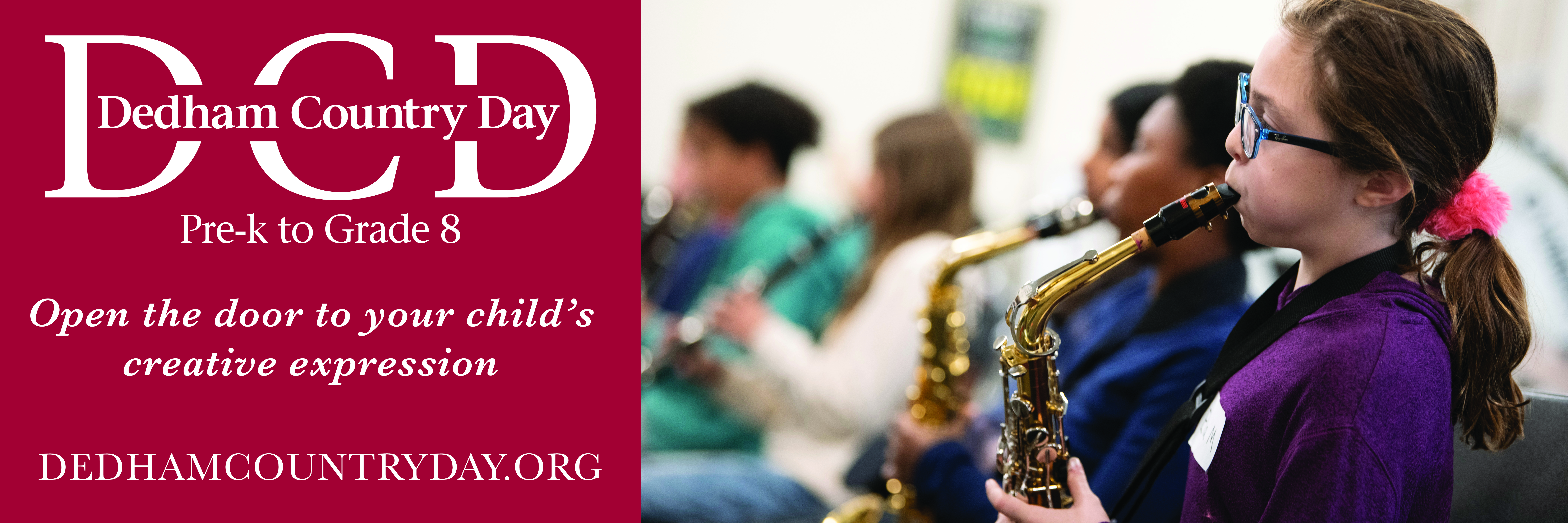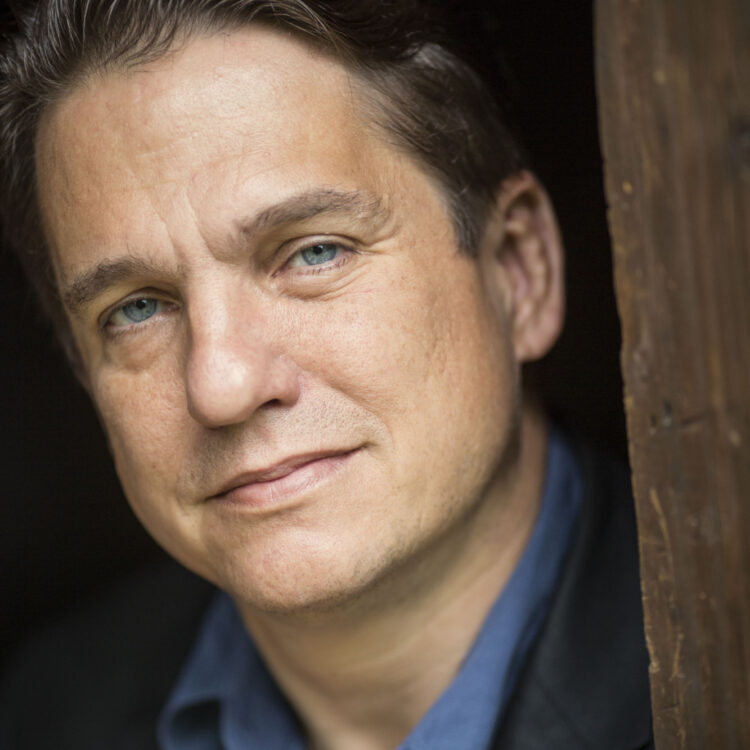We acknowledge many important historians and authors whose works on World War II and the major figures in The Eyes of the World have been instrumental sources for this lecture and the ideas presented within it. Descriptions of these writers and their respective works follow:
• Mary Dearborn’s biography of Ernest Hemingway was an important source of information on the renowned author. Charles Whiting’s work provided a detailed look into Hemingway’s term as a correspondent on the Western Front. Similarly, Terry Mort’s book on Hemingway provided additional focus on his adventures as a correspondent in the war. Special Thanks to Patrick Hemingway-Adams for enthusiastically supporting our work and sharing his family's history with us.
• The inspiring life of Martha Gellhorn and her experiences as a war correspondent were understood through her own book, The Face of War. Additional biographical information was found in the work of Caroline Moorehead.
• Alex Kershaw’s biography of Robert Capa elevated our understanding of Capa's contributions to photojournalism and his extraordinary experiences on the frontlines. The most important primary source on Capa is his own book, Slightly Out of Focus. Other important works include Robert Capa, The Paris Years by Lebrun and Lefebvre, Robert Capa at Work: This is War by Richard Whelan and Robert Capa’s Images of War.
• Antony Penrose's works provided a deeply personal and comprehensive look into the life and career of his mother Lee Miller, from her pioneering achievements in photography to her impactful work as a war correspondent. His book, Lee Miller’s War, and his online lecture were discerning sources of information on Miller’s life. With his daughter, Ami Bouhassane, their dedication to preserving and sharing Miller’s legacy through Farleys House and Gallery has been crucial to our program.
• The New York Public Library’s exhibit on Jerry (from October, 2019 through January, 2020) provided access to a number of letters and other primary documents. The exhibit included, among many things, letters from Jerry’s fellow counter-intelligence officers and his jeep buddies and a copy of the September 1944 letter from Hemingway to Jerry (sent after they met in Paris). It was both an exhibit and a wonderful narrative.
• The Special Collections Archive at Princeton University regarding Jerry is the most important source of material on Jerry and was crucial for the substance of this production.
• The works of Ian Hamilton, Paul Alexander, Kenneth Slawenski and Jerry’s daughter, Margaret, provided a great deal of information for this production. These were among the first historians to connect in detail the autobiographical nature of some of Jerry’s short stories with Jerry’s time in the war. They identified the importance of stories like “The Magic Foxhole,” “Last Day of the Last Furlough,” and “A Girl I Knew,” as well as other short stories, experiences prior to the war, events in England, the D-Day landings, the Hedgerows, Cherbourg, the meeting with Hemingway in Paris, the Hürtgen Forest, the Battle of the Bulge, the subcamps of Dachau and the immediate aftermath of the war. Hamilton’s work provided critical and important details.
• An informative HuffPost article, excerpted from Craig Brown’s Hello Goodbye Hello, covers some of the correspondence of Jerry and Hemingway, including the September 1944 letter after they meet in Paris.
• Collectible items, like flags, tell important parts of these stories. The text of an August 7th, 1944 letter from Jerry to Frances “Terry” Glassmoyer was originally transcribed and made available, in an auction catalog in 2010.
• There are many other secondary sources regarding Jerry, including the work of David Shields and Shane Salerno. Among other things, this work identifies a picture in the National Archives that may depict Jerry shipping off to war. The work includes comments of various historians, family members of jeep buddies, and others who had contact with Jerry.
• Peter Caddick-Adams, through his meticulous research, provides an in-depth analysis of the critical battles and military events addressed here. His details, like the use of a 1930s tourist post card for the raid at Pointe du Hoc, are profound and were of great use here. His description of the treatment of Black soldiers in England during the war was particularly useful and compelling. Alex Kershaw’s understanding of the American parade in Paris in August of 1944, and of the landings of the first boys on Omaha Beach proved very useful, as well. Kershaw’s work on the war is outstanding.
• Stephen Ambrose’s book on D-Day aptly illustrates the heroism and strategic complexity of the invasion. While there are many accounts of Eisenhower’s “go-no-go” decision (even the participants have different notes and recollections), his is vivid and dramatic and was of great use here.
• Colonel Gerden F. Johnson’s direct account of the 12th Infantry Regiment provides an in-depth perspective of the Regiment's operations and history during WWII.
• There are many fine works on the Black Panther Tank Battalion that we relied upon, including works by Kareem Abdul-Jabbar and Anthony Walton, Joe Wilson, Jr., and Gina DiNicolo.
• Additional information on our pivotal characters and WWII was found in the works of Wilfred Heinz, Joseph Balkoski, Alfred M. Beck, Abe Bortz, Charles W. Lynch, Paul Boesch, Penny Colman, Paul Kennedy, Ken Ford, Steven Zaloga, Caroline Moorehead, Nancy C. Sorel, Geoffrey C. Ward, and Martin King, among others.
• The photograph of Jerry in the field with his typewriter and with his Army buddies on the fence is provided courtesy of Jerry’s family trust and all rights remain with the trust. It may not be reused without permission. Many of the Lee Miller and Robert Capa photographs are provided by the relevant Lee Miller and Robert Capa trusts and may not be reused without permission. Various other photographs are also subject to restriction and copyright as well and may not be used without permission. Various items of quoted text are subject to copyright and may not be used without permission of third parties.
We extend our gratitude to the individuals and institutions who assisted in this production:
• The American Battle Monuments Commission, which administers, operates, and maintains 26 permanent American military cemeteries and 32 federal memorials, monuments, and markers, has acted as a devoted and thoughtful source of information and encouragement. Their online resources and majestic film of the Normandy American Cemetery and Memorial are greatly appreciated.
• For more than five years, the dynamic New-York Historical Society and its energetic trustees have helped sponsor and develop this presentation.
• Military archivist Dr. Erik Villard contributed his deep knowledge of film and photography to the production, including the discovery of photography in the National Archives. Flag experts James Ferrigan and Col. Craig Nannos provided in-depth research on the flags. Mr. Ferrigan reviewed detailed after-action reports and other military papers regarding the use of flags at Pointe du Hoc. This took substantial time and effort. Locating the papers, getting access and then reviewing them was substantial work.
• We extend our gratitude to The National Infantry Museum and Soldier Center for providing their assistance in this production.
• Friends, family, and supporters contributed critical feedback through their attendance at Flag Day presentations in the Monsky family living room for more than a decade. John’s father (who served in the United States Air Force) and mother inspired his love of history, sharing their values, their sense of inclusiveness, their steadfast focus on those who are often overlooked in history, and their respect for those who serve this country, including John’s great uncle who was awarded a Silver Star in WWI and his cousin, who served in the 85th Division.
• Much gratitude to our friend Josh King, Chief Corporate Affairs Officer, New York Stock Exchange, for his passion and support of American History Unbound.
• We thank John Molner, Katie Couric, and Katie Couric Media for their constant and unwavering support, input and dedication for the American History Unbound series. Their love of history and those who have served our country is inspiring.
• We extend our appreciation also to Lynn Bayard, Hailey Ferber, Darren Johnson, and Brian Lavin at Paul, Weiss, Rifkind, Wharton & Garrison LLP and to Joe Veltre and Hayley Nusbaum of Gersh.
• Much gratitude to Keith Lockhart, Dennis Alves, Michael Nock, and the rest of their team at the Boston Pops for their support and accommodation.
• We also want to thank the following for helping with this production: Barry Barnett, Jay Cashman, Screaming Comet Foundation, Morris Offit, and The O’Neill Family Charitable Trust.
We honor the veterans and families of WWII, as well as the men and women who have served and sacrificed in all of America’s wars, and their loved ones whose lives were changed forever.





















